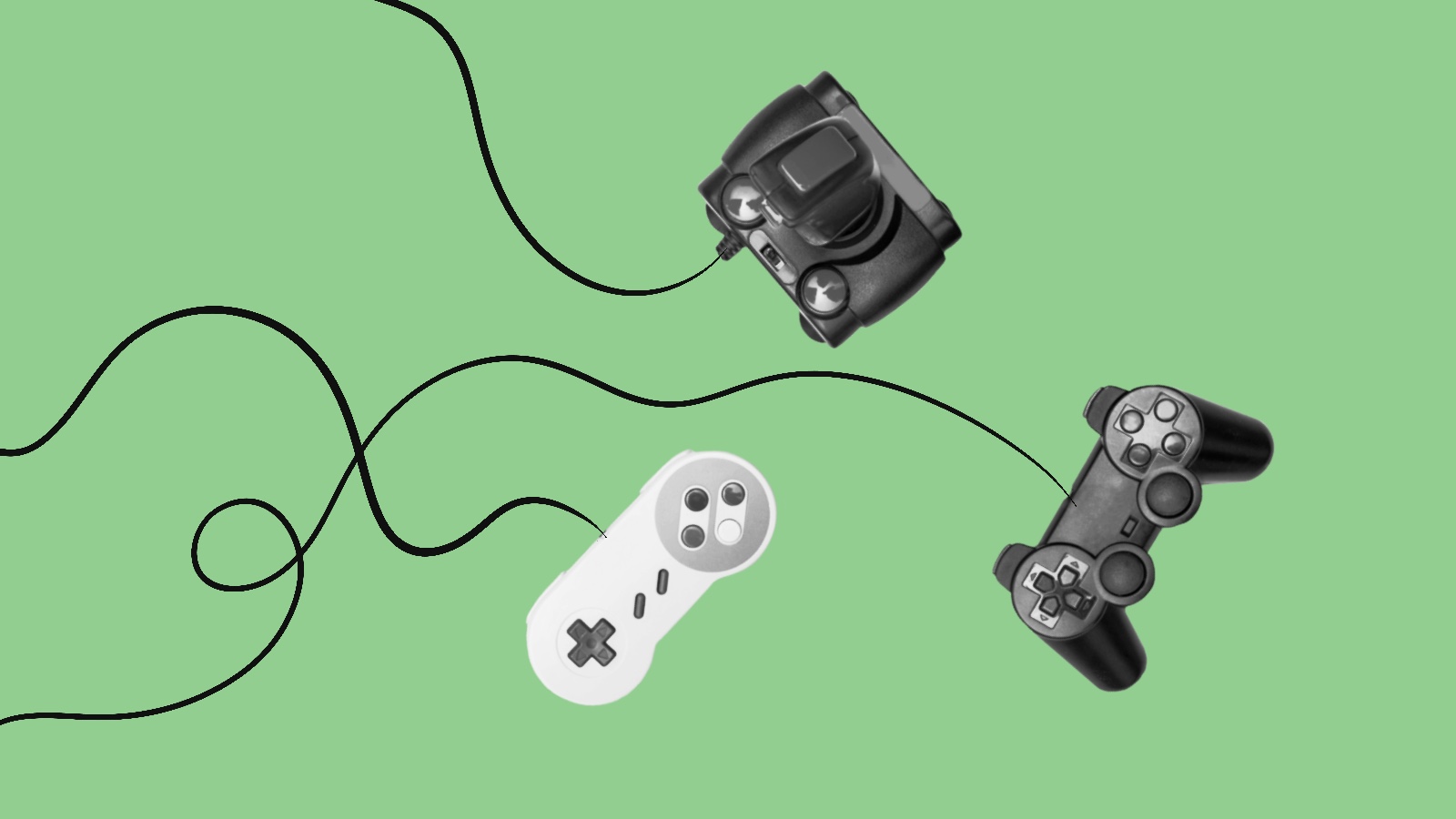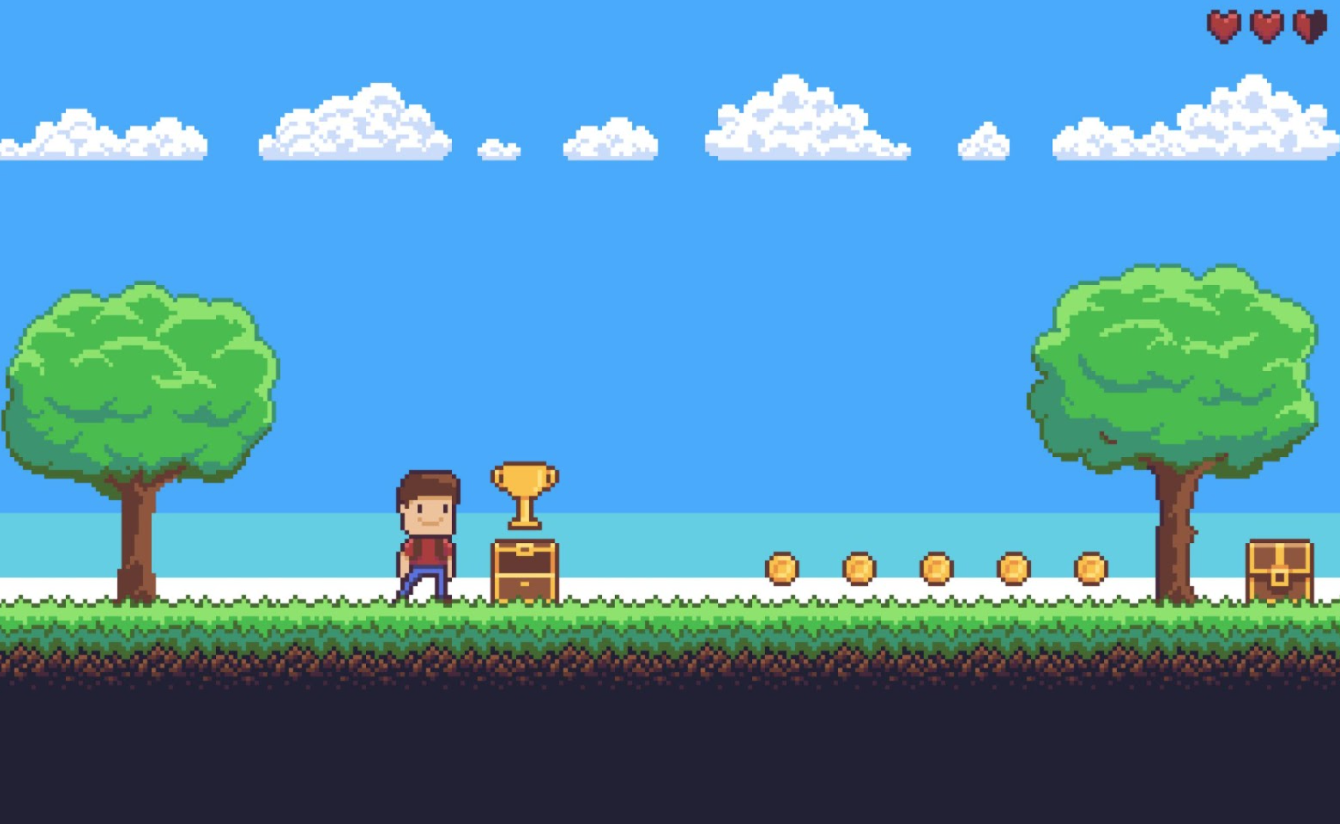Violent Video Games Help Relieve Stress, But at an Added Price

There’s nothing better than kicking back at the end of the day with a video game — it’s a nice way to blow off some steam. But researchers out of the University of Wisconsin–Madison question in their recent study if all games provide the right remedy for relieving end-of-the-day stress. They write that their “study tests how video games are used to manage feelings of frustration and boost one’s sense of competency.”
The study comprised 82 undergraduate students at the school. Most had no experience playing violent video games. For their experiment, the researchers split the students into two groups: one that would be conditioned and the other acting as a control. The researchers prompted the conditioned set of participants to become frustrated by having them play a game appropriately named, Maximum Frustration. The researchers lied to the participants, telling them they should be able to complete a level in 10 minutes when in reality it was near-impossible to beat.
Participants were then selected from the two groups, at random, to play one of two games: the fun, whimsical LittleBigPlanet 2 or the more violent beat-em up game Fist of the North Star: Ken’s Rage. The researchers write in their paper that the latter “was chosen because players’ responses to the game during pretesting indicated that it fit with our definition of a game with extremely graphic violence.”
The participants were asked to play their respective game for 18 minutes and then fill out a questionnaire to take the temperature of their moods. The results showed that frustrated players were motivated to progress further. Perhaps, trying to get a win to compensate for their earlier failure. However, they write that “frustrated participants showed a boost in aggressive cognition compared to non-frustrated participants prior to engaging with a video game.”
This led the researchers to suggest, “It is possible that the use of violent games to manage emotions is one type of risk factor for boosting aggressive outcomes, particularly for people who derive intense enjoyment from that use. Further study of the interaction between violence and enjoyment is required.”
So, when you want to relieve the stress of the day, perhaps kick back with a relaxing, more meditative game, like Flower or Flow, before you pop online for some Call of Duty deathmatch.
Jane McGonigal has been one of the major champions for video games, arguing that its merits reach beyond mere entertainment value. In fact, she calls for more research looking into “what games are doing for gamers, the skills that we’re developing, the relationships that we’re forming, the heroic qualities that we get to practice every time we play, like resilience, like perseverance, and grit, and determination, like having epic ambitions and the ability to work with other players, sometimes thousands of other players at the same time.”
Read more about the study at EurekAlert! or read the full report on Computers in Human Behavior.
Photo Credit: David McNew / Getty




